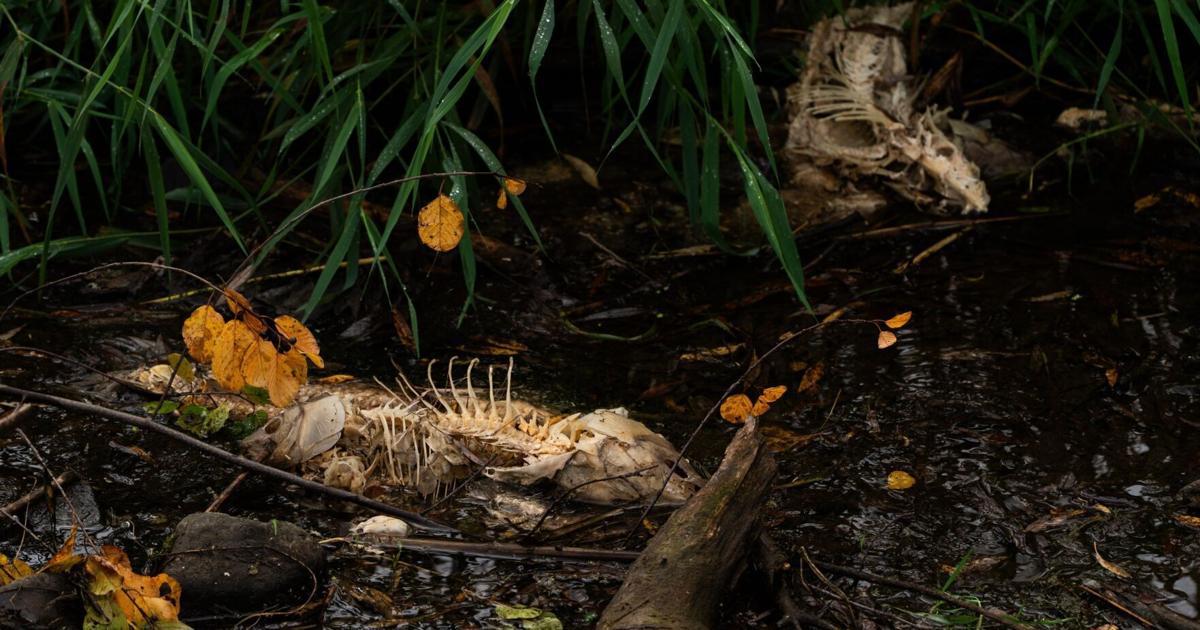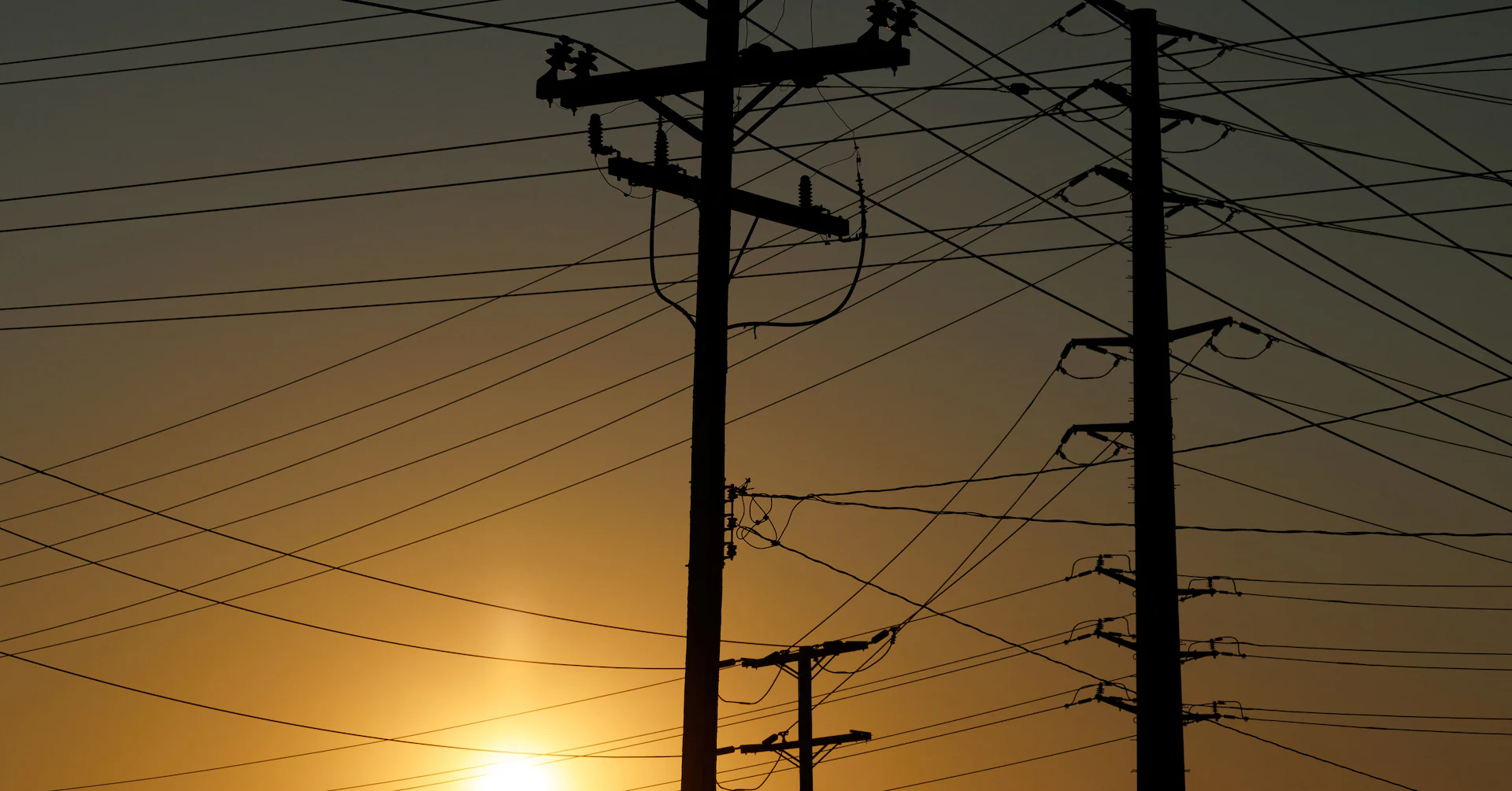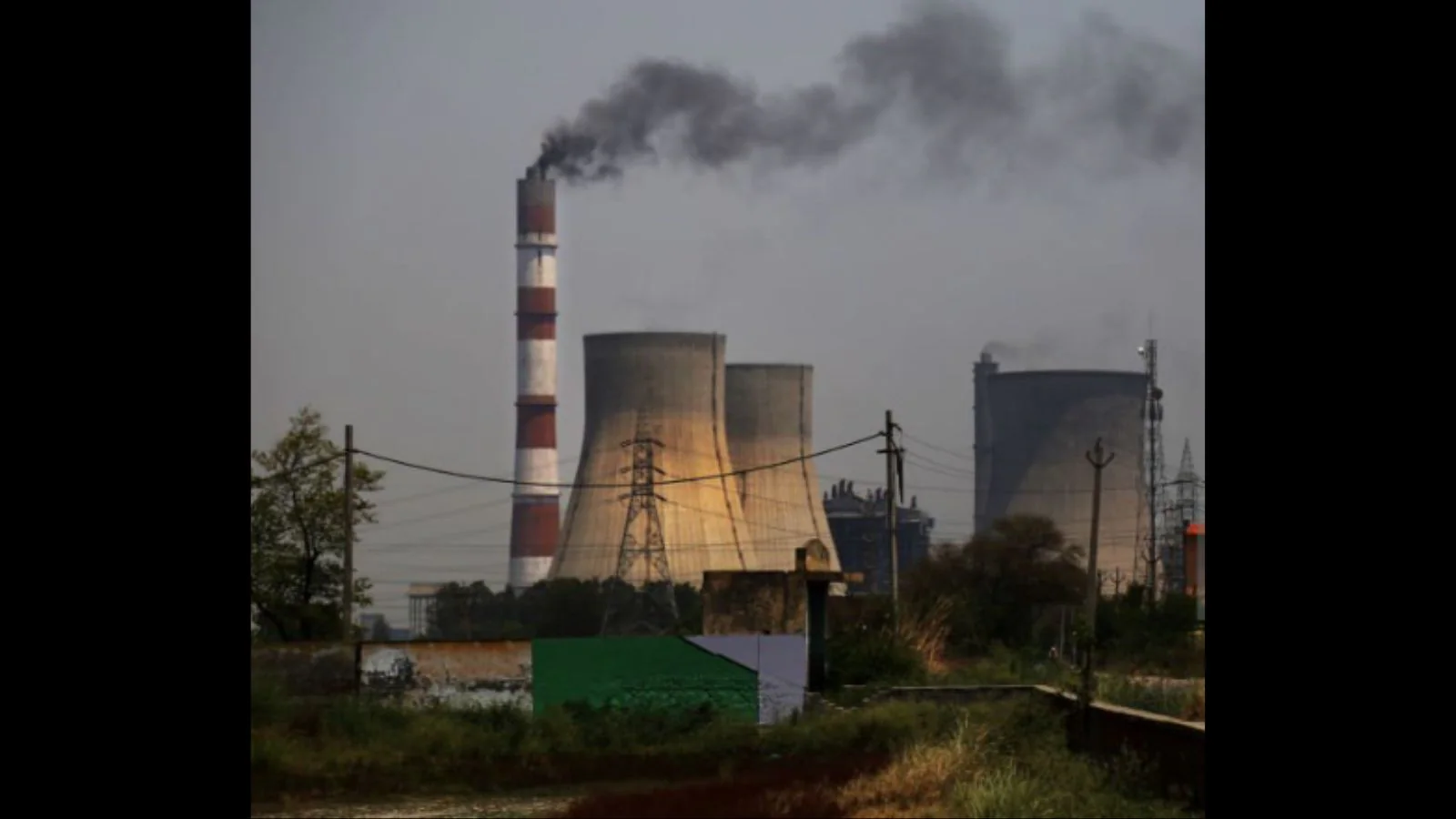
It has been nearly a month since the New York State Department of Environmental Conservation began investigating wastewater discharge from Great Lakes Cheese that likely killed tens of thousands of fish and countless other aquatic species in Ischua Creek.
In a statement released Sept. 13, DEC Commissioner Amanda Lefton said the agency “took immediate action to address water quality violations” in the creek, deploying dozens of its employees to take water samples and examine the extent of the environmental degradation in the rural waterway, which had been a popular fishing spot for catching brown trout and other species.
But the DEC knew well before the devastating event on Aug. 26 that Great Lakes Cheese may already have been harming Ischua Creek. Public data from the U.S. Environmental Protection Agency shows Great Lakes Cheese had violated the federal Clean Water Act – which the DEC is responsible for administering through issuing permits – repeatedly since it opened in November.
It’s a pattern that appears to repeat around Western New York, where EPA data shows companies have polluted area waterways with contaminants far exceeding what their permits allow, with no evidence of formal enforcement action from the DEC.
“The Clean Water Act is responsible for keeping incredibly harmful and toxic contaminants out of the waters that aquatic life and people depend on,” said Robert Hayes, senior director of clean water for Environmental Advocates New York. “If we allow pollution to enter our waters unchecked, that may mean we’ll have more fish die-offs across the state. It may mean that folks can’t go fishing in the waters that they’ve fished in for decades.”
The DEC administers the Clean Water Act through a permit issued to Great Lakes Cheese in 2022. That permit allows the facility to discharge up to 900,000 gallons every day of its treated dairy wastewater into Ischua Creek, which is about the volume of 100 tanker trucks. The dairy wastewater entering the creek must be cleaned enough to protect the health and ecosystem of the creek.
EPA records show Great Lakes Cheese, since it began operations in November, was repeatedly dumping water into Ischua Creek with pollutants that far exceeded the limits in its permit.
In May, the facility discharged dairy wastewater into Ischua Creek that contained phosphorus at levels 711% higher than permitted. In March, April and July the phosphorus levels coming from the facility were 199%, 228% and 215% of permitted levels, respectively, according to EPA data.
The facility’s wastewater discharge has also repeatedly violated its permitted chlorine levels. In November, Great Lakes Cheese discharged effluent containing 667% of permitted levels of chlorine into Ischua Creek. In December and January, that level fell to 133% of permitted levels, the EPA data shows.
Since November, Great Lakes Cheese also appeared to repeatedly violate wastewater discharge limits on other parameters including biochemical oxygen demand, ammonia, nitrogen and total dissolved solids.
“It is extremely important to take proactive action to fix violations the moment that they arise, rather than allowing them to build over time,” Hayes said. “When you allow it to build, we can see these extreme levels of contamination that happened in the case of Great Lakes Cheese.”
The DEC issued notices of violations of its wastewater discharge permit to Great Lakes Cheese in June and July, a spokesperson told The News.
A notice of violation is an “informal process” used “to encourage the entity to correct the problem,” according to the DEC’s website.
The DEC noted that a significant disruption in plant operations resulted in a failure of wastewater treatment capabilities in the plant that likely led to the devastating fish and wildlife die-off. Great Lakes Cheese voluntarily shut off its wastewater discharge shortly after the fish and wildlife die-off was first investigated by DEC staff.
Listen now and subscribe: Apple Podcasts | Spotify | RSS Feed | SoundStack | All Of Our Podcasts
Great Lakes Cheese denied a request for comment from The Buffalo News.
A spokesperson for the DEC said in an emailed statement the agency “takes seriously its responsibility to protect water and air quality and to ensure the environment and public are fully protected.”
DEC Commissioner Amanda Lefton on Saturday said her office will pursue damages to ensure the restoration of the Cattaraugus County creek, a popular fishing destination that now reeks with the stench of rotting fish.
“DEC is holding Great Lakes Cheese fully responsible for environmental damage caused by their operations and failure to comply with their permits,” the statement continued. “DEC ensures all facilities regulated through State Pollution Discharge Elimination System (SPDES) permits are fully compliant with applicable laws and regulations through ongoing and aggressive oversight that includes regular inspections and appropriate action, including enforcement, when necessary.”
A further look at EPA data shows there are other facilities in Western New York with documented Clean Water Act violations.
Since February 2024, Saputo Cheese in Friendship, in Allegany County, has repeatedly violated its permit limits on biochemical oxygen demand and phosphorus for the wastewater it dumps into Van Campen Creek, which flows into the Genesee River. It took the DEC until March of this year to issue its first notice of violation, and another was issued in July.
Thermo Fisher Scientific on Grand Island has multiple violations of its state permit for limits on copper, solids and surfactants. DEC officials say those violations, which have occurred since at least 2022, could be reporting errors. Its wastewater is discharged into a tributary of the Niagara River.
FMC Agricultural Products in Middleport in recent years has discharged levels of carbofuran, a highly toxic pesticide, as well as arsenic and phenolics into Jeddo Creek, a tributary of the Erie Canal, that were in violation of its permit issued by the DEC. An agency spokesperson told The News the DEC was “actively engaged with the facility to address violations.”
Even if the violations aren’t considered to be particularly serious or significant, companies should still be held accountable for following the law, said Brian Smith, associate executive director of the Citizens Campaign for the Environment.
“A lot of circumstances are unique, it’s not always just a big discharge of some toxic chemical that has an immediate impact,” Smith said. “We need to look comprehensively at all these impacts and how some of them, little by little, can add up to significant threats.”
It’s a lapse in oversight by the state’s Department of Environmental Conservation that has left communities − including the Town of Tonawanda and Buffalo − burdened with unchecked levels of toxins in the air.
It’s up to the DEC to enforce the permits it issues to facilities, Hayes said, and ensure that the environment is protected from harmful pollution.
“Year after year, we continue to see facilities in noncompliance with the Clean Water Act,” Hayes said. “New York has to be doing more to make sure that our waters are clean and are safe for both aquatic life and human life. And that means we need to put more resources into environmental protection.”
Advocates with the Cattaraugus-Allegany Liberation Collective are calling for the DEC to take strong enforcement action against Great Lakes Cheese for the environmental devastation likely caused by its wastewater discharge.
DEC Commissioner Lefton said the agency “is evaluating all enforcement tools at our disposal regarding this incident and outstanding violations and will pursue any natural resource damages as appropriate to ensure the restoration of the impacted section of Ischua Creek.”
If enforcement action is taken, the DEC has typically issued fines to permit holders or entered into a consent agreement, a legally binding document with correction actions agreed upon by both parties, according to an annual review of permit compliance and enforcement.
“The Clean Water Act has shown that it is a successful bedrock environmental law, and it is the DEC’s job to enforce it,” Smith said. “It’s one of their primary functions as an agency and they should be held accountable for that.”
Smith and Hayes both wondered whether understaffing at the DEC could be leading to the agency’s apparent lack of enforcement of the Clean Water Act.
“There needs to be the political will to hold them accountable for water quality violations,” Hayes said. “Ultimately, that political will goes all the way up to Gov. Hochul herself. She has the responsibility to get her agencies the resources they need to hold polluters accountable.”
Reach climate and environment reporter Mackenzie Shuman at mshuman@buffnews.com or 716-715-4722.
Get local news delivered to your inbox!
Subscribe to our Daily Headlines newsletter.
* I understand and agree that registration on or use of this site constitutes agreement to its user agreement and privacy policy.
Mackenzie Shuman
Environment and climate reporter
Get email notifications on {{subject}} daily!
Your notification has been saved.
There was a problem saving your notification.
{{description}}
Email notifications are only sent once a day, and only if there are new matching items.
Followed notifications
Please log in to use this feature
Log In
Don’t have an account? Sign Up Today



